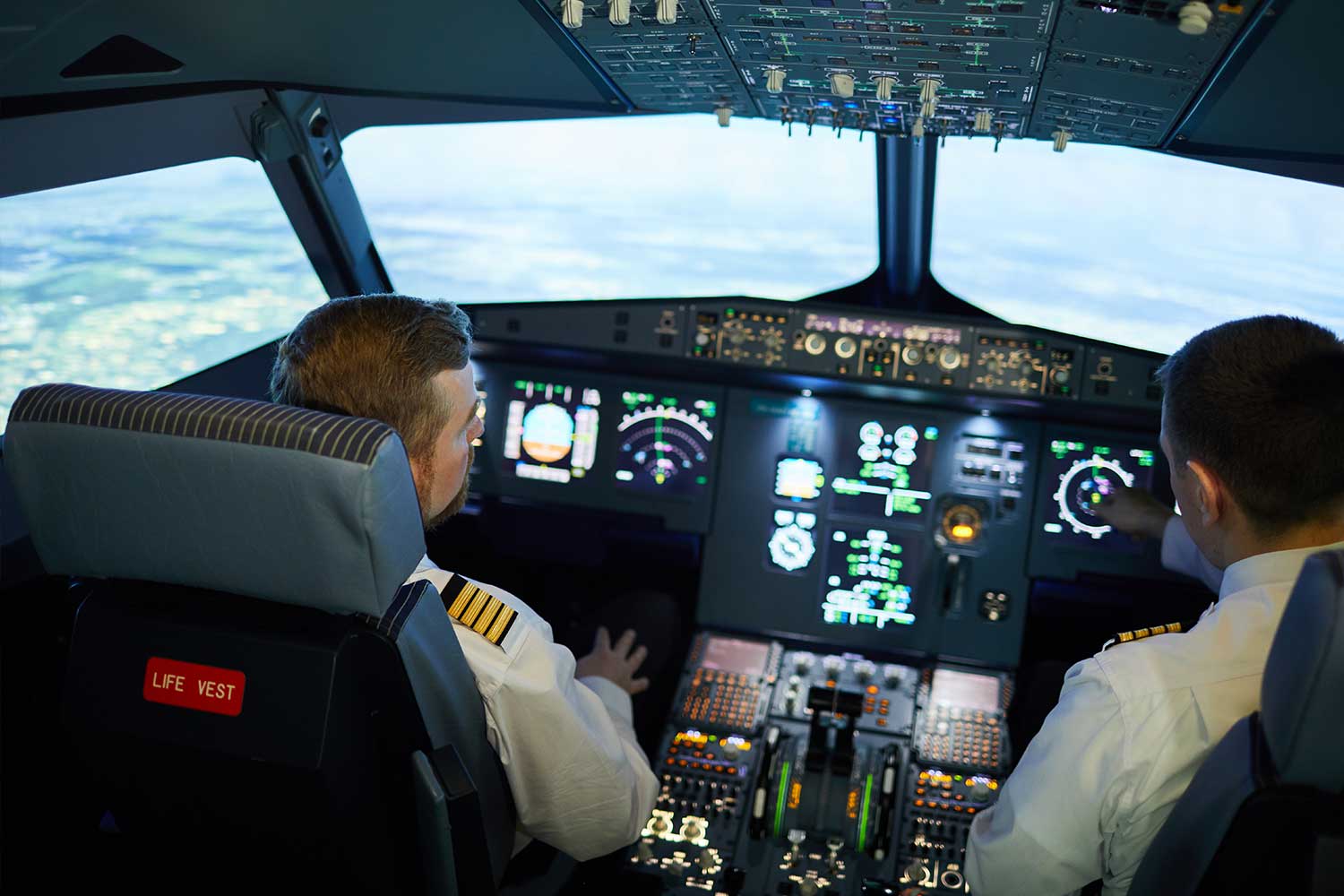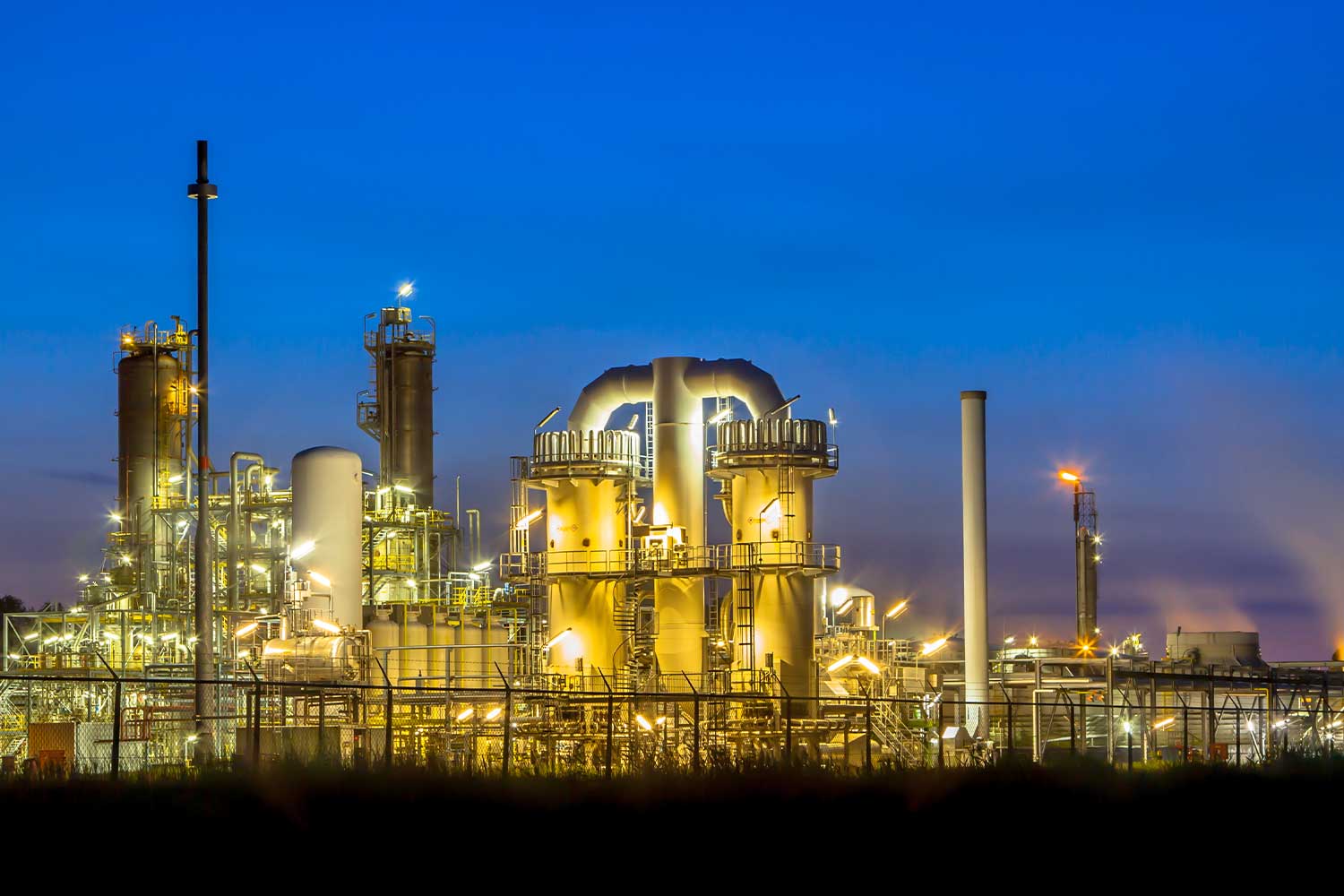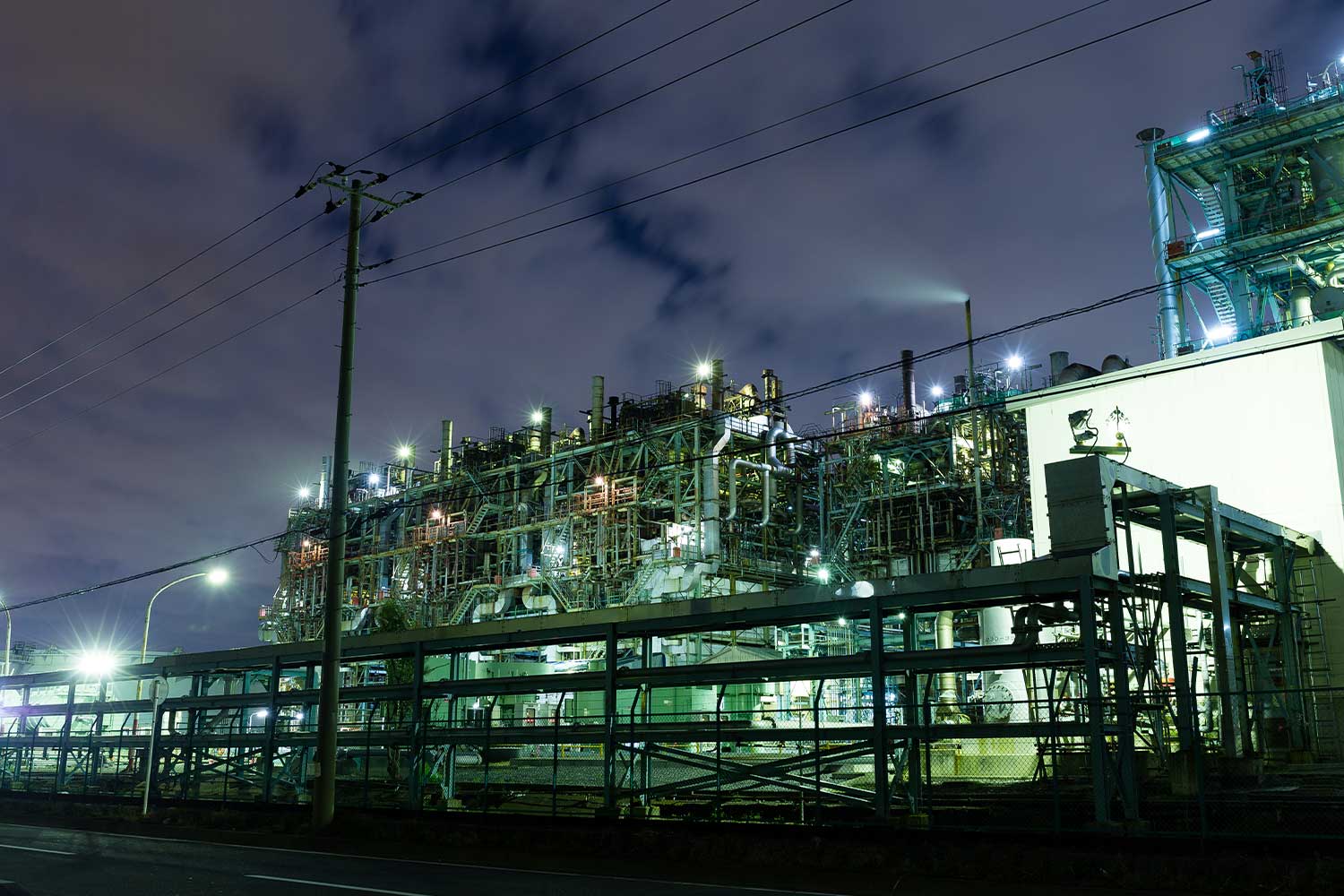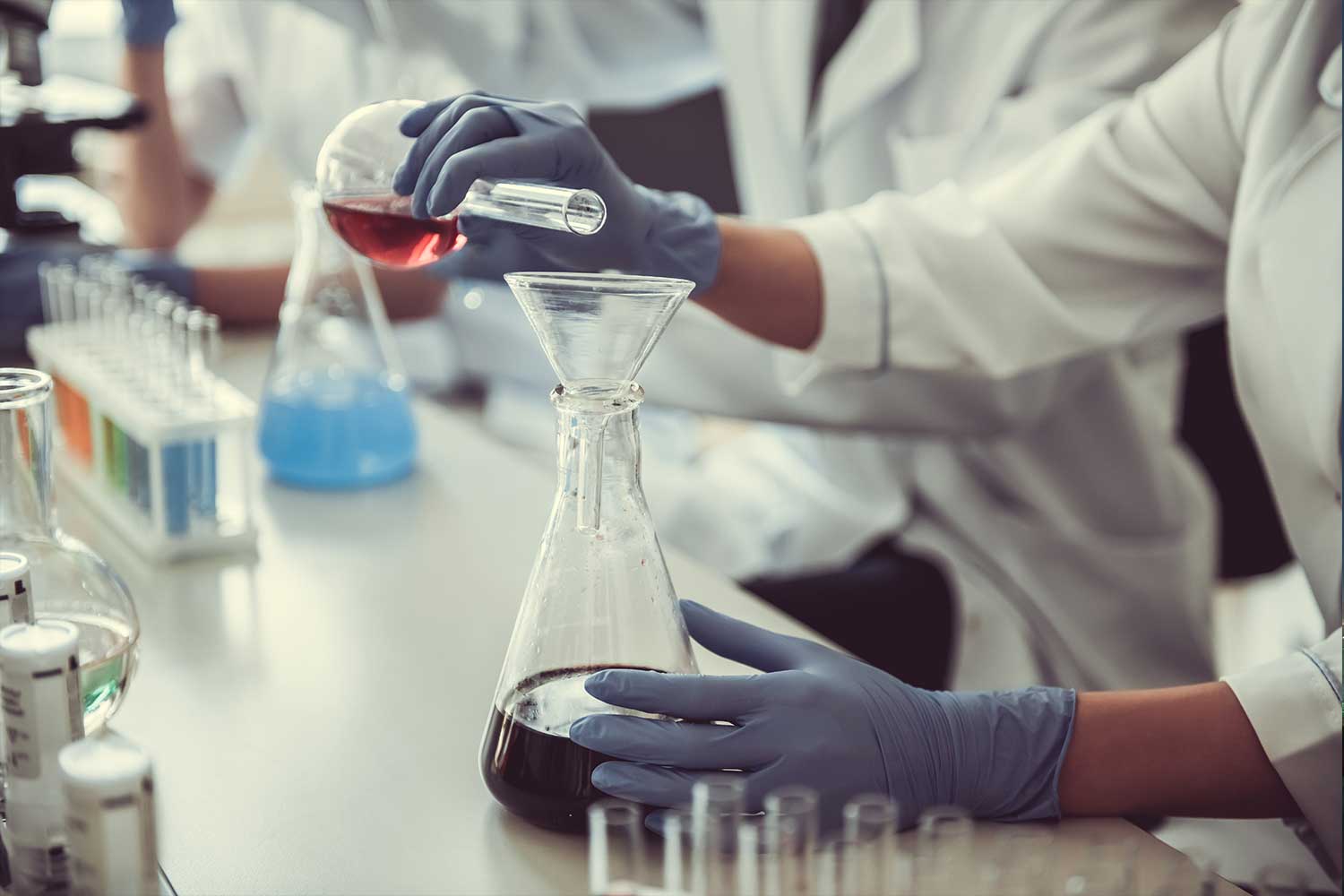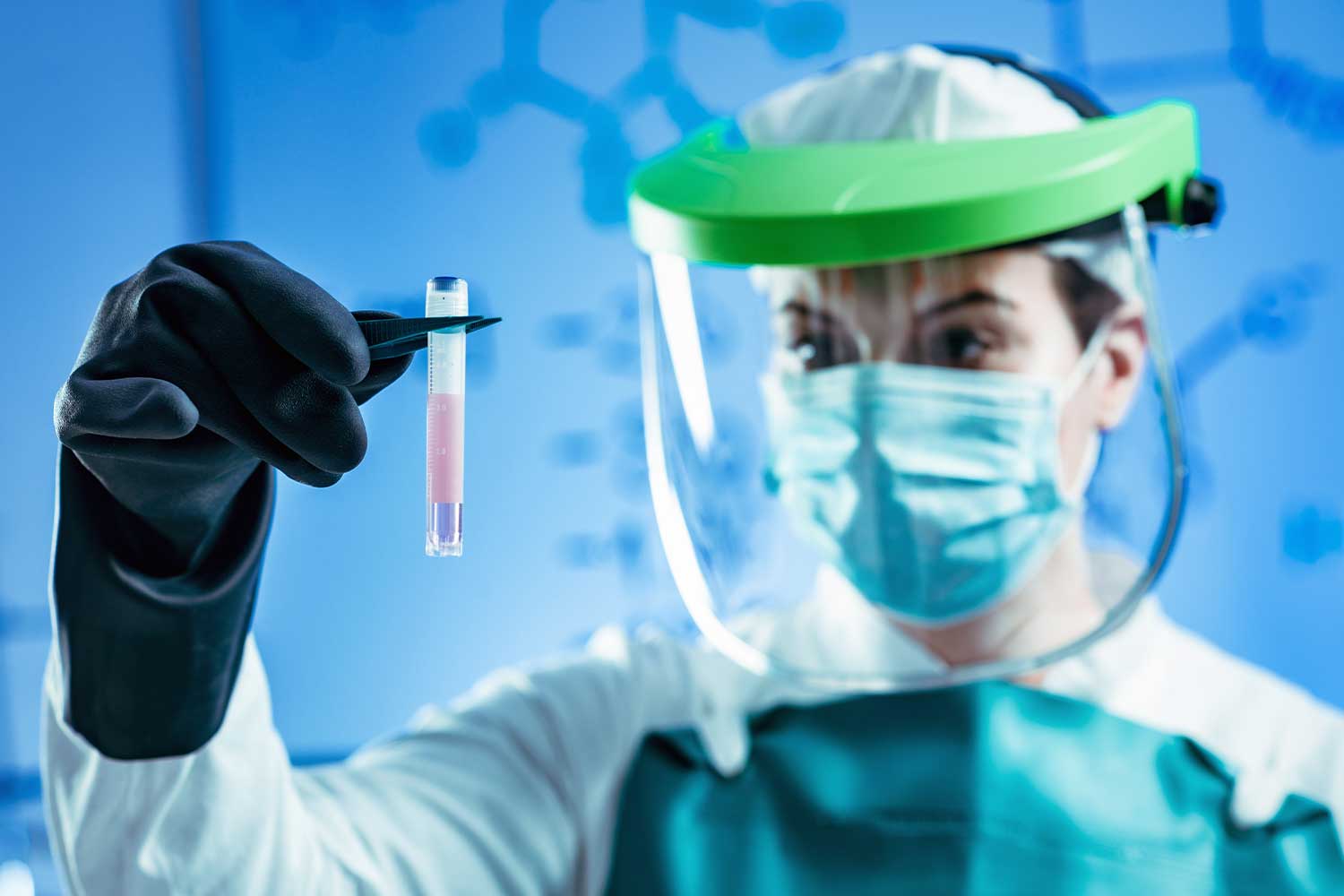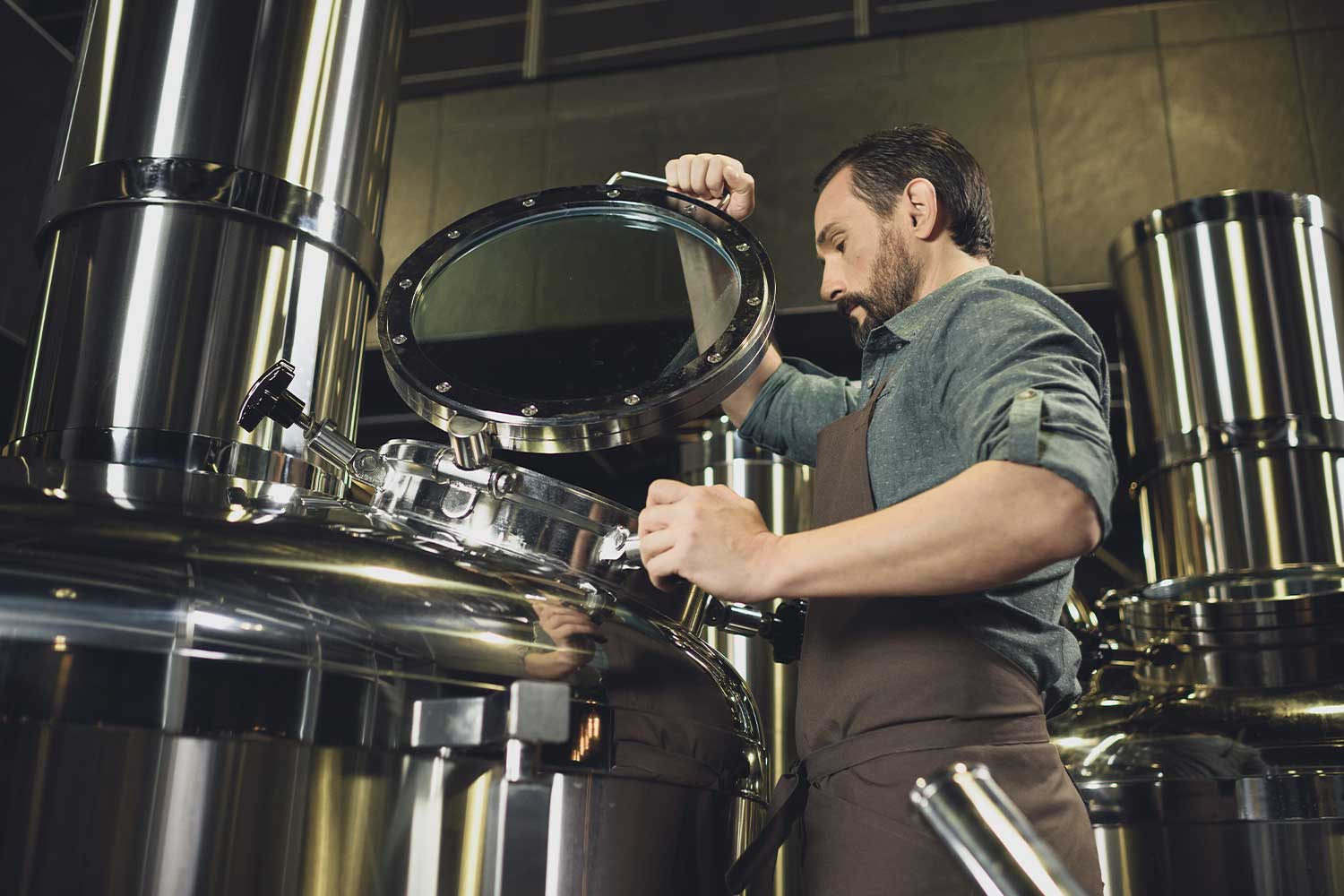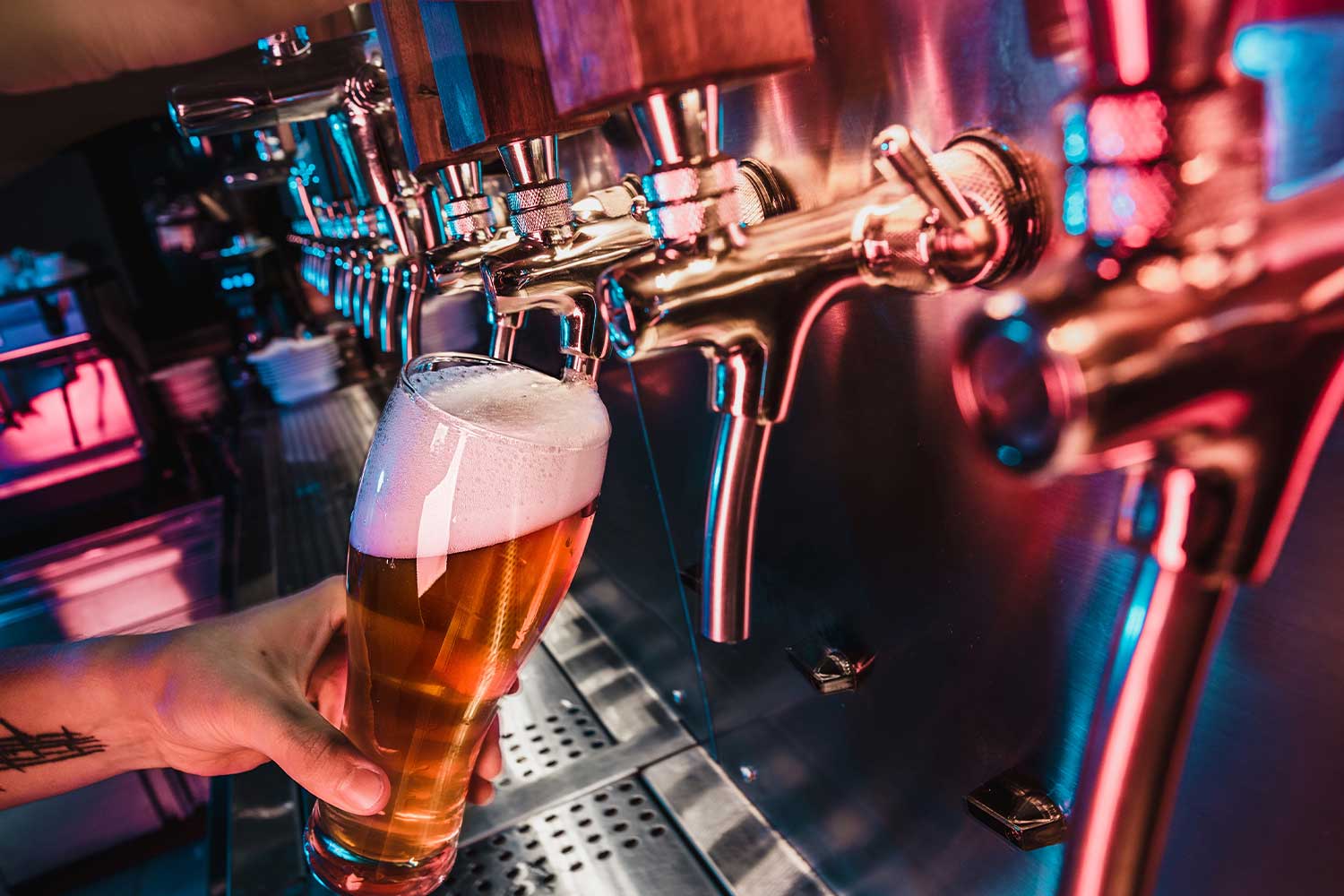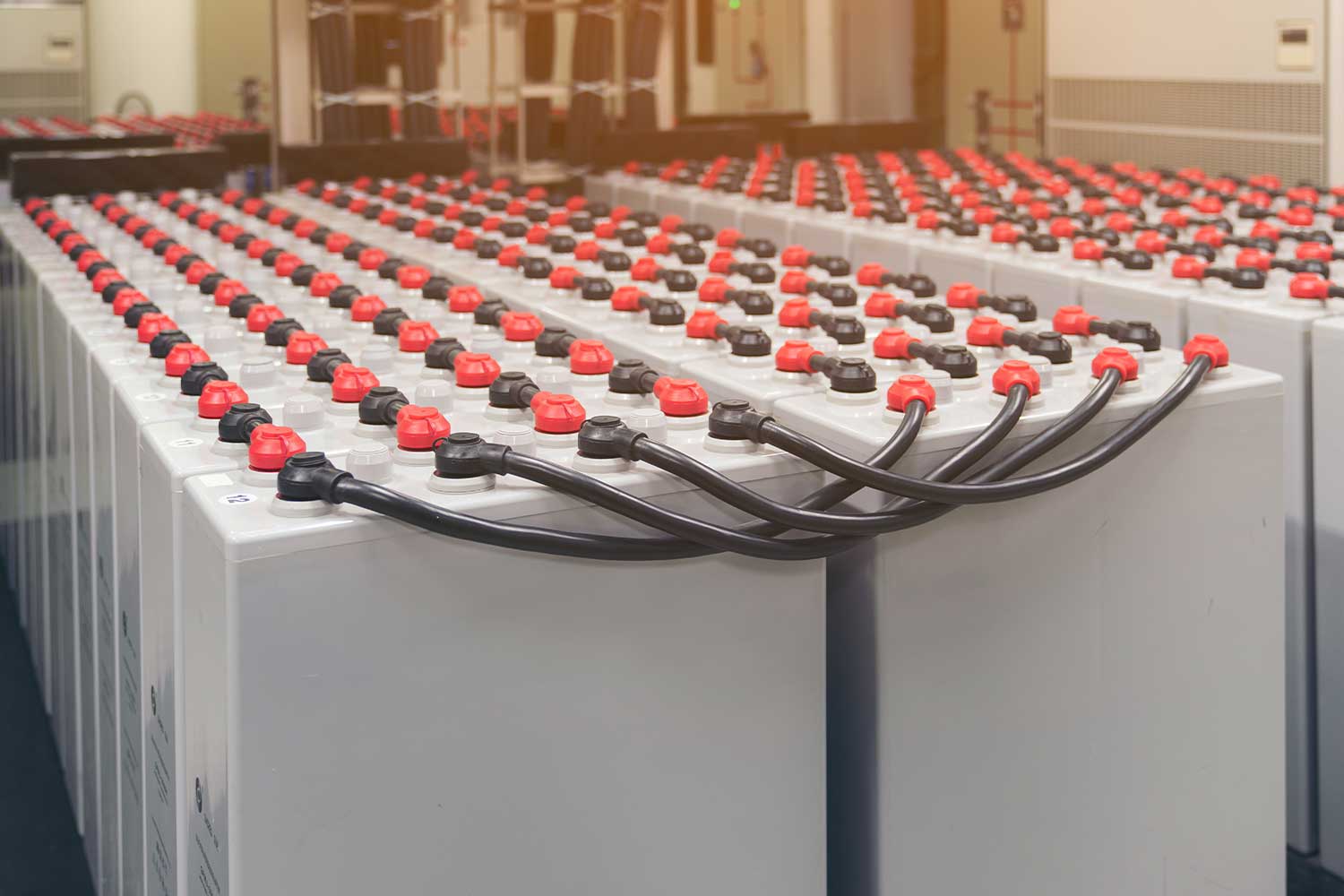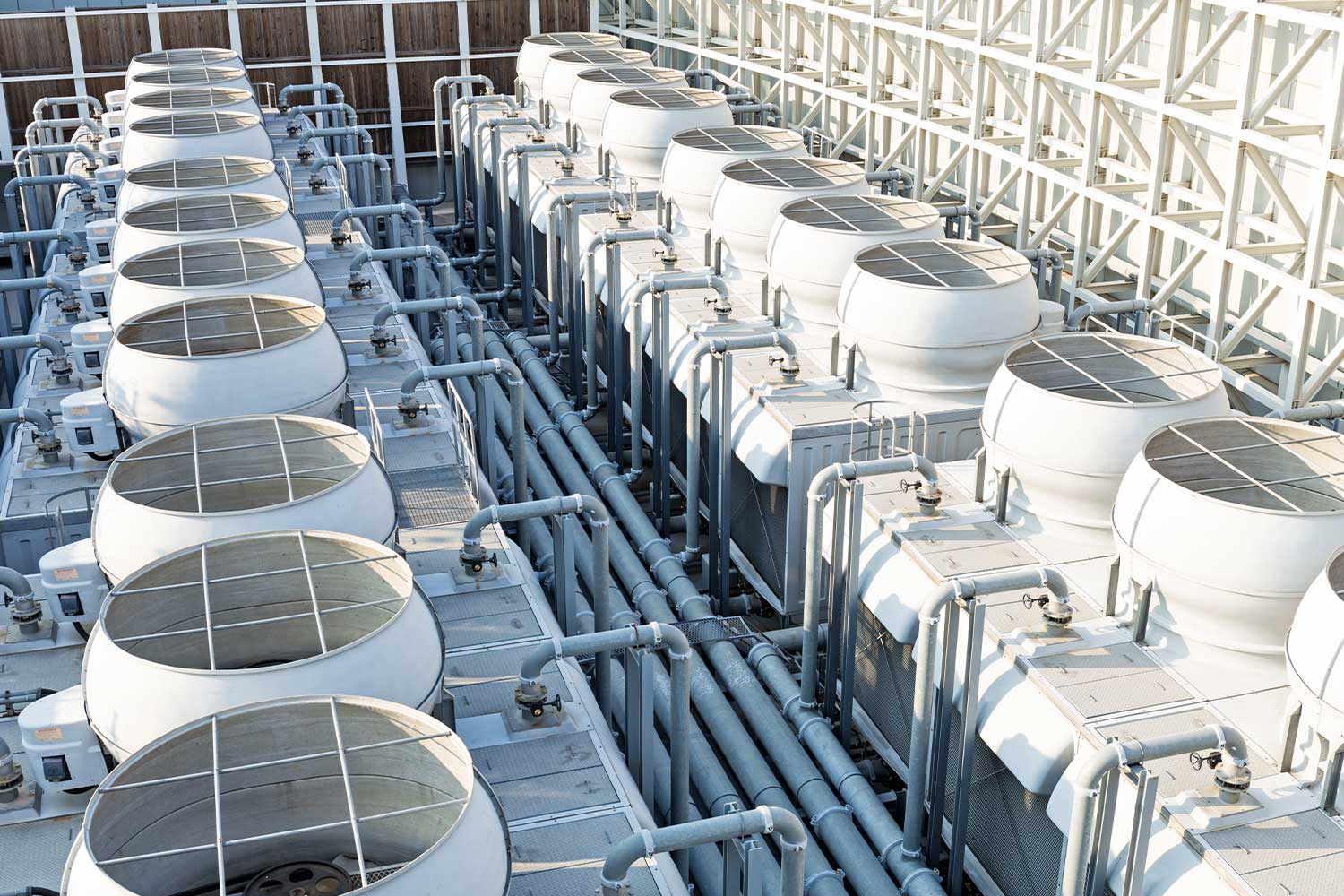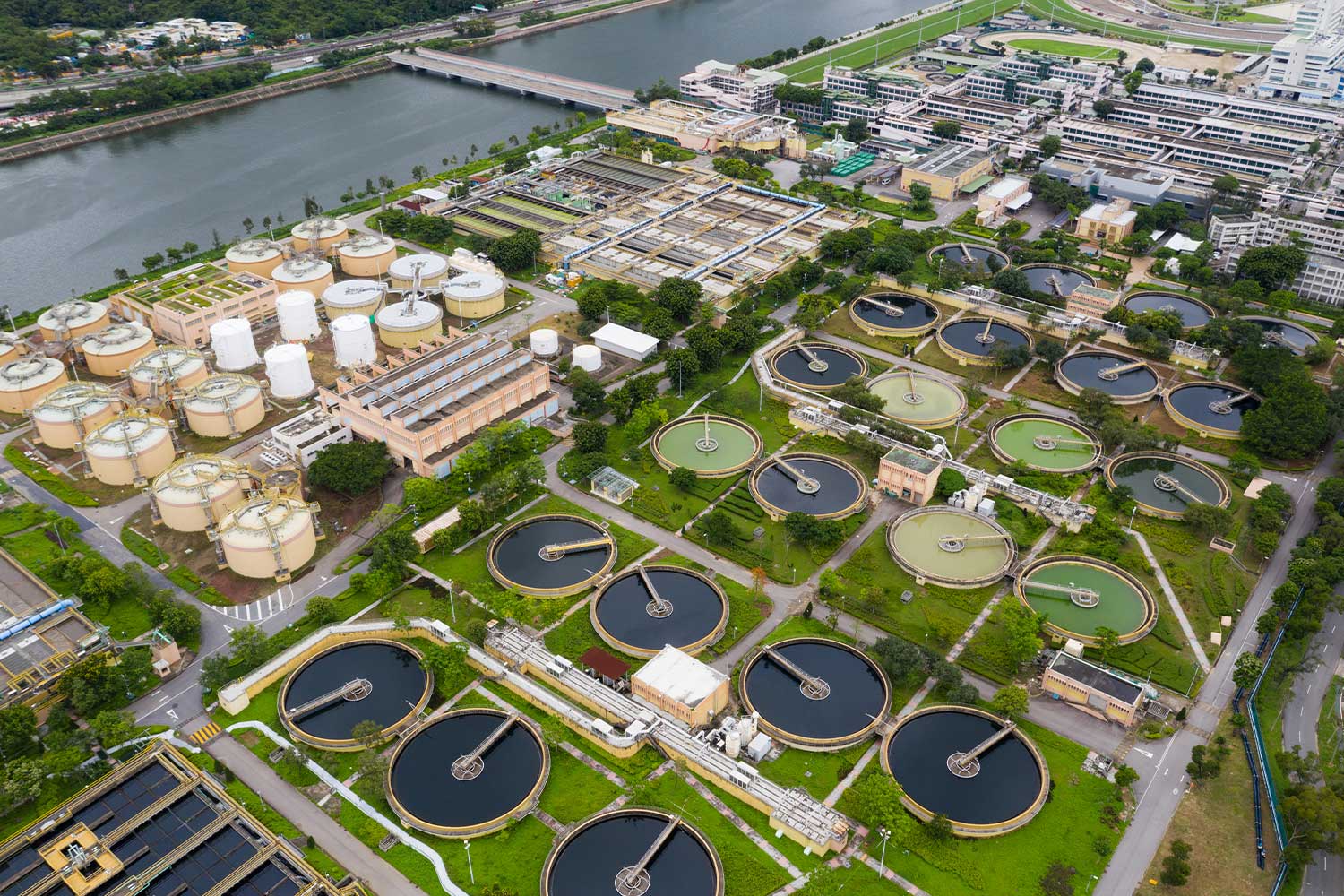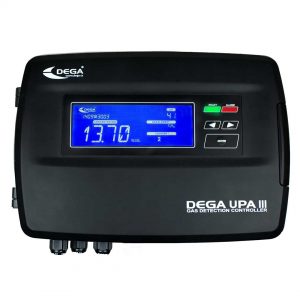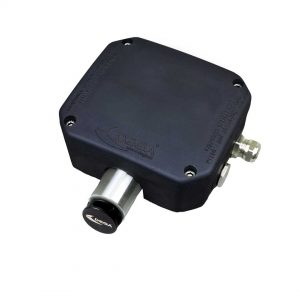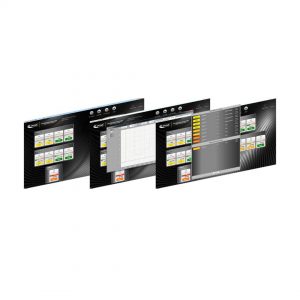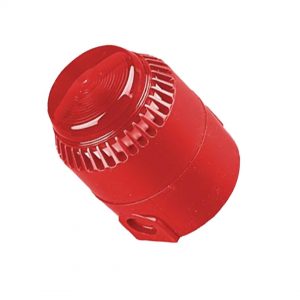Carbon Monoxide Detector
CO Detection for all environmental conditions
Monitoring for Carbon Monoxide gas is extremely important in many different environments such as Marine Vessels/Yachts, Car Parks, Accommodation, Garages, Schools, Gas Suppliers and Coal Mines. Carbon Monoxide is generally created when certain fuel sources aren’t burnt correctly. These fuel sources can be Wood, Coal, Oil, Gas and also fuel from combustible engines. Another popular monitoring point is cigarette smoke as this also produces Carbon Monoxide gas.
A Wide selection of sensor types
Carbon Monoxide popular sensor types include Electrochemical and Metal Oxide Semi-Conductors. Both sensor types have positives and negatives, for instance an Electrochemical insert does not get poisoned by other gases in the atmosphere being monitored and has a very good accuracy and repeatability factor. An Electrochemical insert when exposed to the target gas get deplete a little quicker meaning a shorter lifespan. A Semi-Conductor sensor insert is low cost, has a generally long lifetime and can respond quickly. However a Semi-Conductor sensor can also be affected by temperature and cross sensitivity to other gases than the target gas.
An Electrochemical Carbon Monoxide gas insert works by measuring current as a reaction happens when the target gas meets the electrodes located in the insert. There is then a proportional response to the concentration of gas versus the current output.
A Metal Oxide Semi-Conductor sensor insert works by a resistance change in the metal oxide, when in contact with the gas. This resistance change is then used to ensure a linear response and repeatability through various low and high set points across the sensor span range.
Typical Applications
- Marine Vessels
- Yachts
- Car Parks
- Accommodation
- Garages
- Schools
- Gas Suppliers
- Coal Mines.
CO Gas detectors to suit all types of application
To summarise Carbon Monoxide gas sensors are required in most sectors, whether it be Environmental, Industrial, Commercial or Educational. The maximum exposure limit for Carbon Monoxide in Australia over an Eight Hour period is 30ppm, so it is essential that you can detect any leak or rise in concentration as soon as possible to protect the Health and Safety of you and anyone close by.
Speak to us today and let us know how we can help to provide you with a fit for purpose solution.
High accuracy in both Fixed and Portable detectors
Our fixed and portable gas sensors are accurate to 0.1% of the LEL / VOL scale, so you can be sure of reliability and timely indication of the gas presence reaching alarm limits. At which point you can relay the alarm condition via sounder / beacon, your internal AMS (Alarm Management System) or most other audio / visual warning equipment.

Carbon Monoxide Gas detection questions answered by our experts
What triggers Carbon Monoxide Detectors?
Carbon monoxide can be emitted from faulty gas appliances if they are not getting the correct air to gas ratio, these items can be heating or cooking appliances. Carbon Monoxide can be emitted by any fuel burning device so caution should be taken to ensure the correct ventilation and that the devices are maintained properly.
What are the effects if you are exposed to too much Carbon Monoxide?
If you are exposed to Carbon Monoxide the typical symptoms to watch out for are Nausea, Headaches, vomiting, dizziness and difficulty breathing. If you have these symptoms try to get to a location where there is good ventilation and if needed call for help. You should go to the hospital straight away if you have been exposed to Carbon Monoxide.
What is Carbon Monoxide used for in Industry?
Carbon monoxide is used by producers of gas or water gas, it is widely used as a fuel in industrial operations. Carbon monoxide is also used in heavy industry and passed over hot iron oxides, reducing oxides to metallic iron, while the carbon monoxide is oxidized to carbon dioxide.
Carbon Monoxide Monitoring Systems Products
Site analysis and system engineering
Each project starts with consultation on our clients requirements. JWII then design a Gas Detection System to meet the project needs
Service and maintenance
Our service team can provide comprehensive field service as well as workshop repairs. We can also help you plan the maintenance of your devices with a periodic maintenance contract.
Site Installation
Our in house technical team can assist you in the installation and commissioning of your gas detection system. From physical mounting to connection and start up.
Calibration Services
Our calibration facility offers you peace of mind that your gas detection system is operating to specification. We can carry our field calibration as part of your service contract or in house calibration at our facility.
Discover all type of applications
We also have IECEx certification so you can be confident that we conform with all necessary legislation and regulations.

